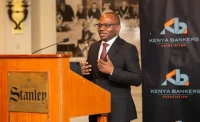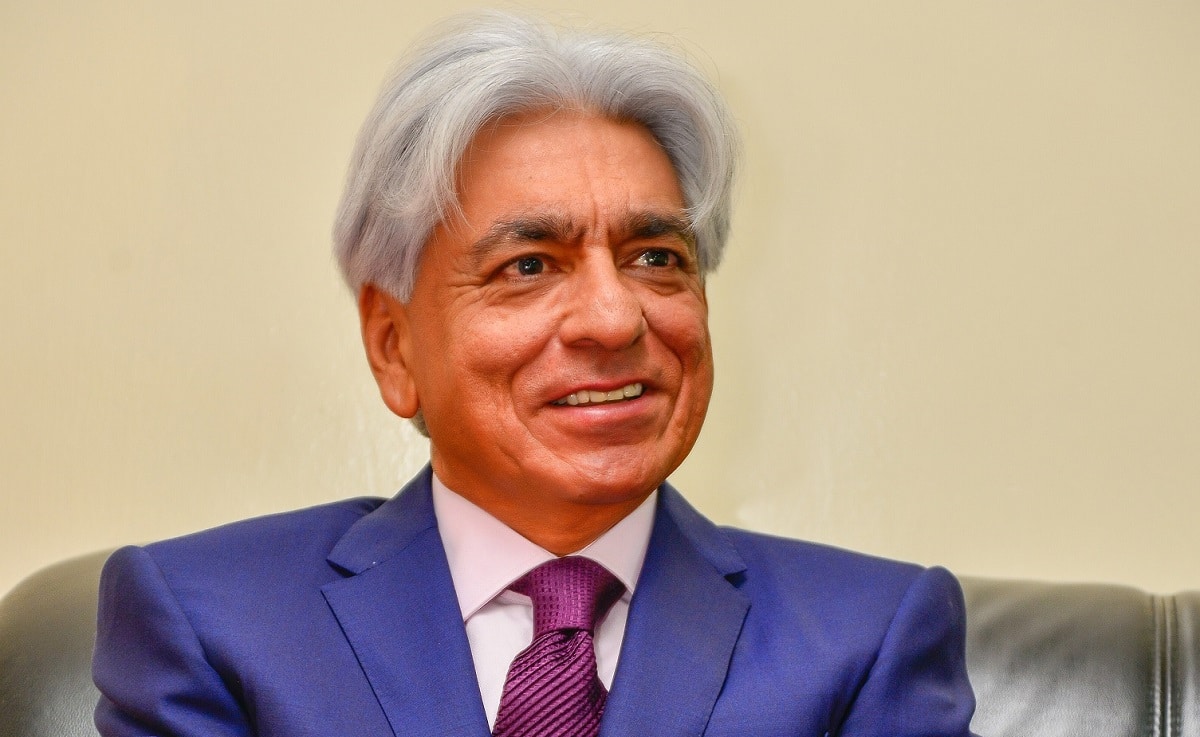[dropcap]B[/dropcap]y Kenya’s middle-class standards, Bob Otieno fits this definition well—he has a car and lives in one of Nairobi’s leafy suburbs.
Like many other Kenyans trying to fit into the fast growing societal strata, Otieno is forced to put on a show. He is however not sure for how long he will put up with this lifestyle as creditors are already on his neck.
To fit into this group, Otieno, an accountant in a middle-level company, survives on soft loans he gets from small lenders who don’t demand a lot of collateral. All they demand is a pay slip and proof that one is employed.
“To my neighbours and colleagues, I’m living a perfect life, I have BMW X6, and I live in Kileleshwa (one of the posh estates in Nairobi), what they don’t know is that behind all these, is a broke man. I am in a deep hole of debt, yet I have no plan on how to get out of it,” he told Xinhua on Friday.
READ: Growing middle-class lures McDonald’s to Kenya
Joyce Kaivilu, 36, is also deep in debt. Her story is not so different from that of Otieno only that in her case she in the verge of losing a job as a customer relations manager in a bank as she is facing a case in court where she has been accused of failing to service a Ksh 518,500 (US$5,000) debt she acquired from one of her friends.
“I am at breaking point and I don’t know how I will get out of this hole. I have committed almost all of my salary to servicing loans, from my 1,500 dollars salary (about Ksh 155, 550), I’m normally left with less than 60 dollars (Ksh 6, 222), which can’t sustain me throughout the month which further pushes me into debt,” she said.
According to Kaivilu, it will take a miracle to get her out of the situation as she has already received a warning letter from her bosses.
“I have between now and December to deal with the case I’m facing in court, my bosses have threatened to let me go if I will not have settled the debt,” she added.
ALSO SEE: Kenya’s middle class illusion
A consumer rights lobby, the Consumers Federation of Kenya (COFEK) Secretary General Joseph Mutoro termed Otieno and Kaivilu as “captives of an imaginary status with no basis.”
“These people live on the edge, without these loans, they would not have lives,” Mutoro told Xinhua.
The World Bank puts the middle class individual’s or household’s daily income at between Ksh 1, 037 to Ksh 5, 184 (US$10 and US$50) per person per day while the African Development Bank (AfDB) defines middle class as anyone who spends between Ksh 207 to Ksh 2, 074 (US$2 and US$20) a day – putting the middle class at 34% of Africa’s population, or nearly 350 million people.
By the two international institutions’ standards, Otieno and Kaivilu fit the definition of middle class, only that in their case, they don’t live within their means.
Mutoro expressed concern that millions of Kenyans have been pushed into the middle class craze at the expense of their own wellbeing.
“Most of the Kenyans thriving on this craze are living on the edge but pretend to be doing well – they survive on borrowed money which they have no idea of how they will pay back,” he added.
In a volatile economic environment as Kenya’s where a job is not guaranteed, the effects of putting up with this lifestyle is and has been devastating.
According to Mutoro, middle class is more of a way of life and people have crafted that to live beyond their means.

In trying to fit into the Hollywood-esque middle class description which is characterised by home and car ownership, and having children in expensive private schools, most Kenyans have painstakingly been pushed into debt.
NEXT READ: Shopping malls deliver middle class dream
This has eaten into their disposable income, leaving them in a precarious state. “If I had known the happiness I was looking for would land me in the state I am now, I would have never tried to put up with the show. I spend sleepless nights wondering how I will get out of this. Someone has advised me on filing a bankruptcy petition in court but I can’t take up this option yet as I am still in employment,” Kaivilu further told Xinhua.
According to a report by Financial Sector Deepening (FSD), with the expansion of bank branches, 73% of the Kenyan population now live within three kilometers of a financial sector touch point, increasing access to credit for most Kenyans.













Leave a comment